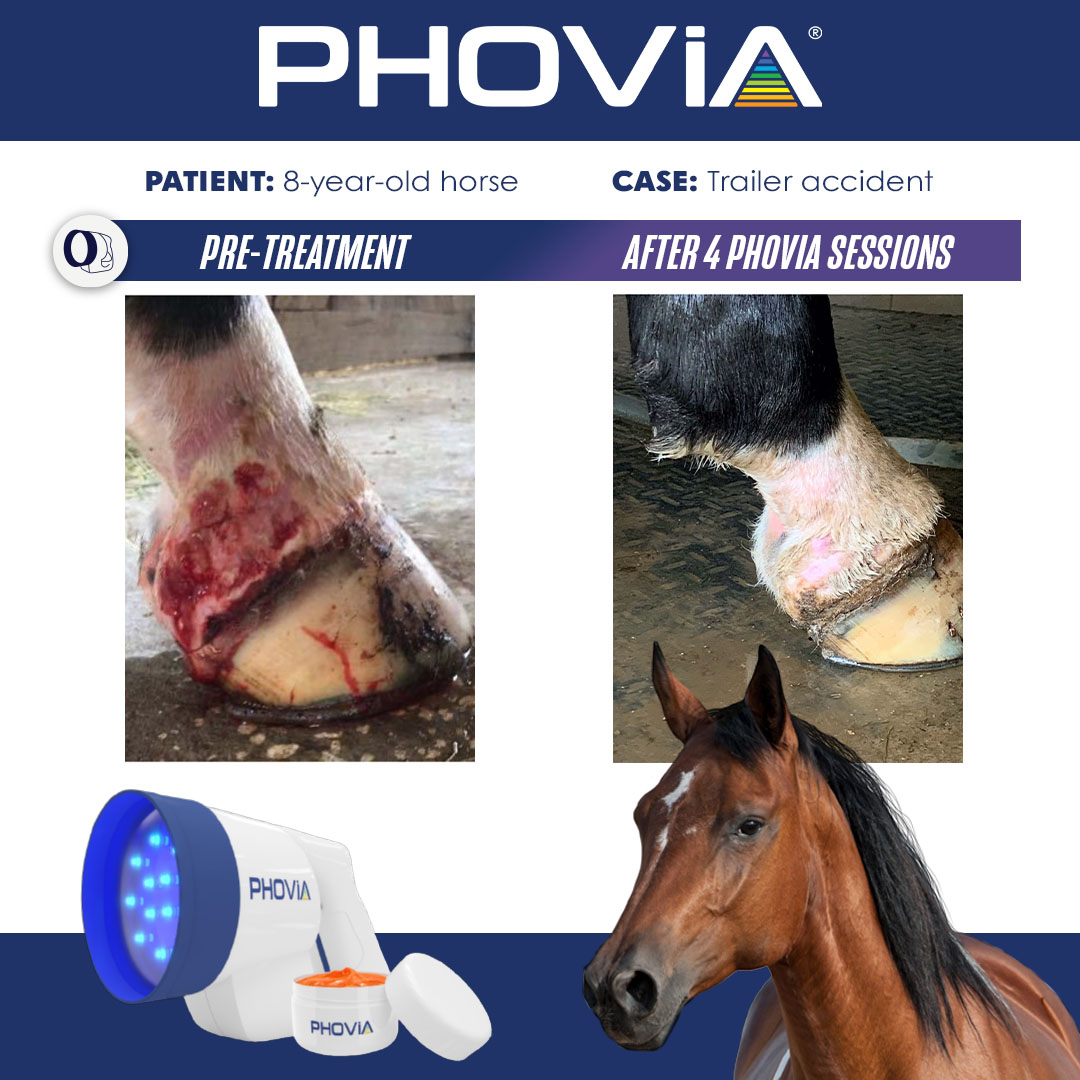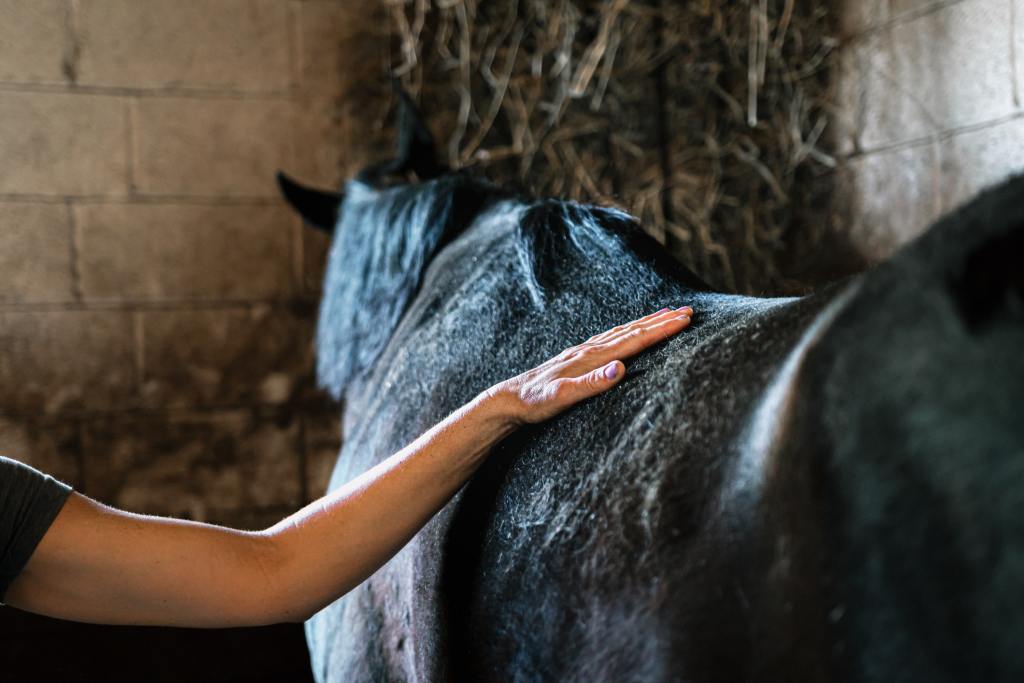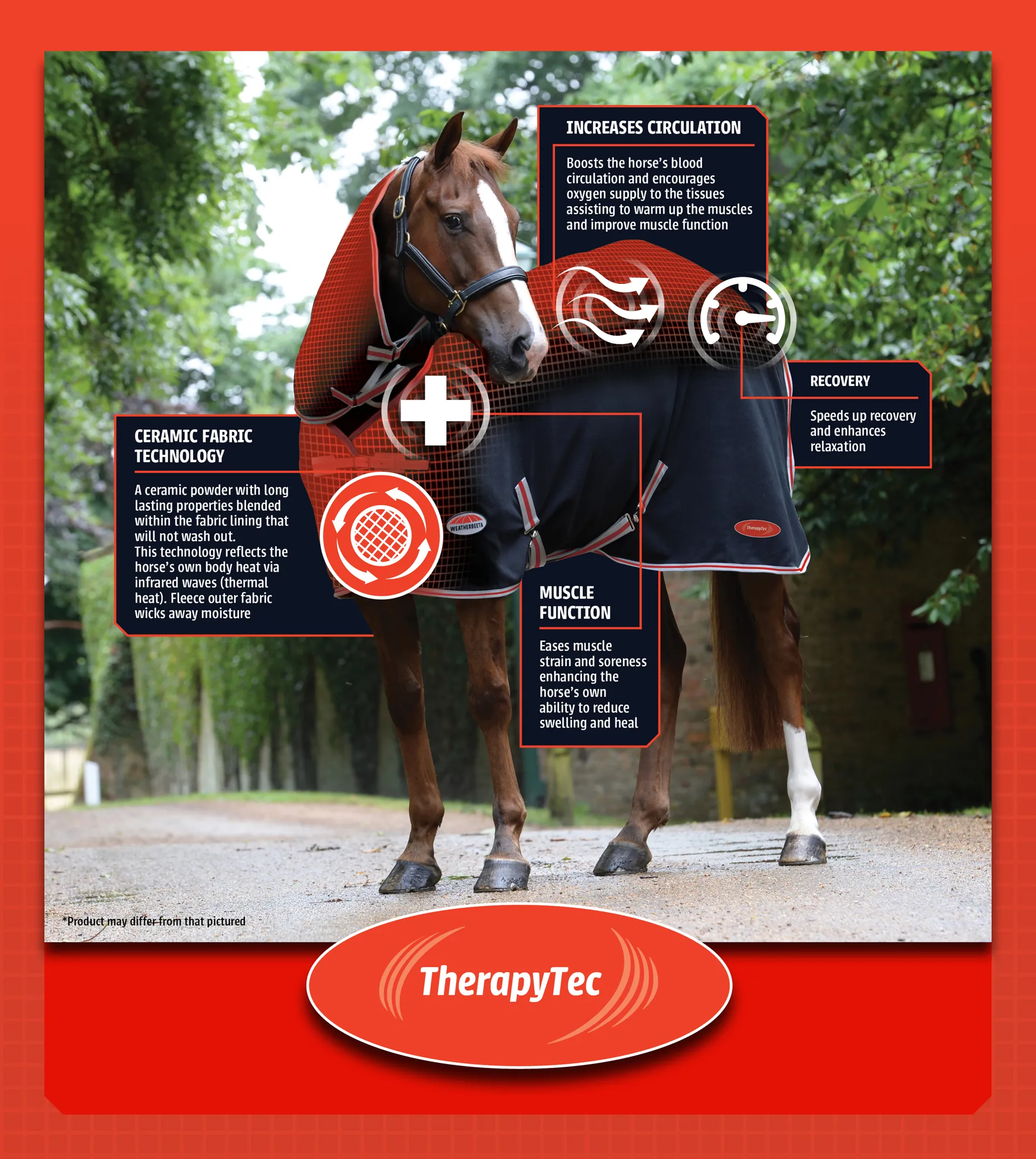The Horse as a Partner in Recovery

Horses have long been recognized not only as majestic animals but also as powerful partners in the journey toward physical, emotional, and psychological recovery. This article explores the multifaceted role horses play in therapeutic settings, highlighting their unique ability to foster healing and personal growth.
Understanding Equine-Assisted Therapy

Equine-Assisted Therapy (EAT) involves interactions between patients and horses under the guidance of trained professionals. This therapeutic approach leverages the horse’s natural sensitivity and responsiveness to human emotions, making it an effective tool for various recovery processes.
Key Components of Equine-Assisted Therapy
| Component | Description |
|---|---|
| Physical Interaction | Activities such as grooming, feeding, and riding help improve motor skills and coordination. |
| Emotional Connection | Building trust and empathy with horses supports emotional regulation and self-awareness. |
| Psychological Support | Horses provide non-judgmental companionship, aiding in reducing anxiety and depression. |
Benefits of Partnering with Horses in Recovery
- Enhanced Emotional Healing: Horses mirror human emotions, allowing individuals to confront and process feelings in a safe environment.
- Improved Physical Rehabilitation: Riding and caring for horses can enhance balance, strength, and coordination.
- Boosted Confidence and Self-Esteem: Successfully interacting with such large animals fosters a sense of accomplishment.
- Social Skills Development: Group therapy sessions with horses encourage communication and teamwork.
Practical Applications
Equine therapy is used in diverse settings, including:
- Mental health clinics addressing PTSD, anxiety, and depression.
- Rehabilitation centers for physical injuries.
- Programs for individuals with developmental disorders such as autism.
Frequently Asked Questions (FAQ)
Q1: Is prior experience with horses necessary?
No, equine therapy programs are designed for all experience levels, with professionals guiding each step.
Q2: How do horses help with emotional recovery?
Horses are highly intuitive and respond to human emotions, providing immediate feedback that helps individuals become more aware of their feelings.
Q3: Are there risks involved in equine therapy?
While generally safe, equine therapy requires supervision to minimize risks associated with handling large animals.
Conclusion
The horse as a partner in recovery offers a unique blend of physical, emotional, and psychological benefits. Through equine-assisted therapy, individuals can experience profound healing and personal growth, making horses invaluable allies on the path to recovery.
